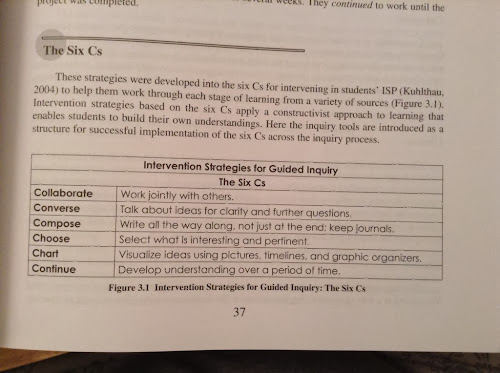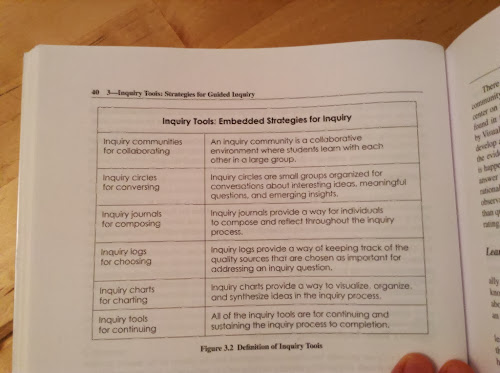I haven’t blogged for over a month because I have been so excited about our adventure to… drum roll please… South Korea!
This is the view from the roof of our school: Taejeon Christian International School in Daejeon Techno Valley. My gorgeous talented husband will be teaching Music in the High School and I will be teaching elementary – grade level is to be decided at a later date. This is such a big thing for us: moving to another country, Caleb and I going to school full time… but I think it is going to be the best thing for our family. I feel so blessed that we will be moving into a Christian community and all that that entails; bible study, Church and just being around like minded people. I also feel blessed that we are moving to a school that has a focus on academics and sees their students as future leaders.
We have so many things to do: passports, Ebaying all our stuff, buying snow clothes… But once I start in the classroom in July I plan to use this blog more regularly… well, thats the plan anyway 🙂
















